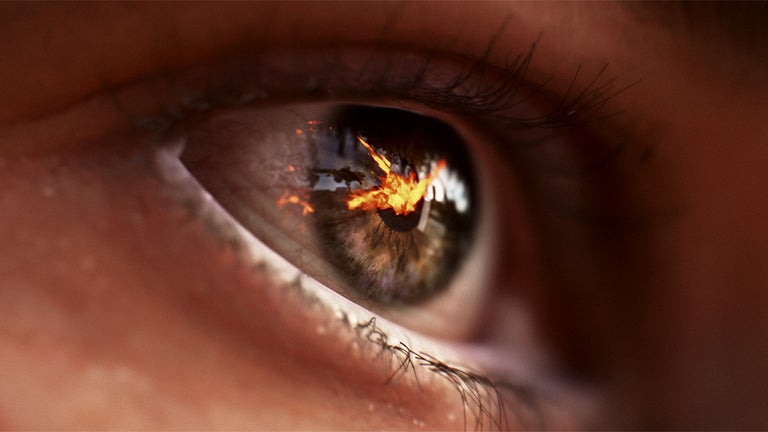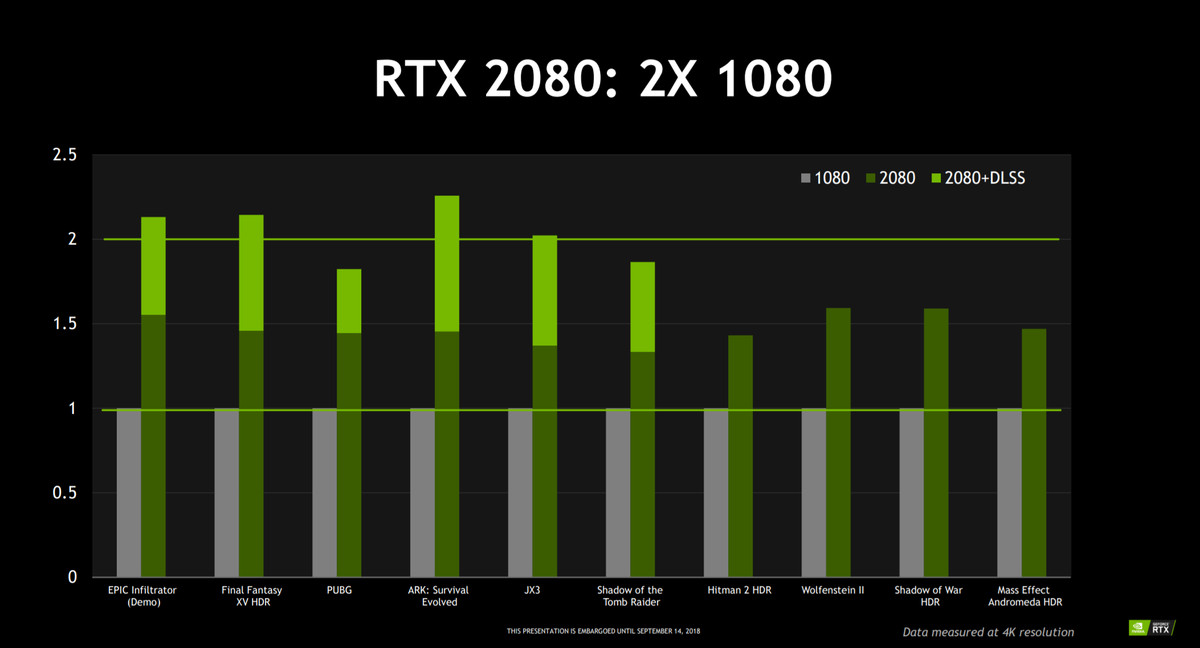I remember the first time I learned about raytracing using 3ds Max many years ago to render scenes with realistic lighting. It took a long time with the highest end computer(s) you could build at the time and professional studios used render farms of 20 to 30 PCs together to solve the complex equations required to preform a rendering of a video scene. I would often set up the scene animations, perform the raytracing calculations and set up how often it would recompute the scene as objects moved in the scene after every frame, then hit the render button and shut off the monitor and go to bed and let it do it's thing all night. In the morning there was a new fully rendered animation to view with ray traced lighting. Sometimes it was fine and other times there would need to be some tweaking done and a new render performed. It was to say the least, very time consuming as I only had 4 computers to set to the rendering task.
Today nVidia has created a new GPU that is capable of performing those computations in real time as you play a game. This is the most amazing thing to anyone that has the background in raytracced scene rendering that I have since sliced bread.
I am buying the first generation of these cards partly because I want to support the huge amount of resources and expertise that have culminated in this new product but also because, even though the technology will only get better as time goes on, I want to own the first generation of GPU that has this exciting new technology to have a piece of computer history in my collection. I still have old computers from an Altair to a Sinclair to a Vic and many many generations of graphics cards from old mx series through to today's most recent versions and all still work.
To me technology is art as much as it is science.
Here's an article on Gizmodo that has some more information you may be interested in:
Why Ray Tracing On Nvidia's New GPUs Is So Exciting




